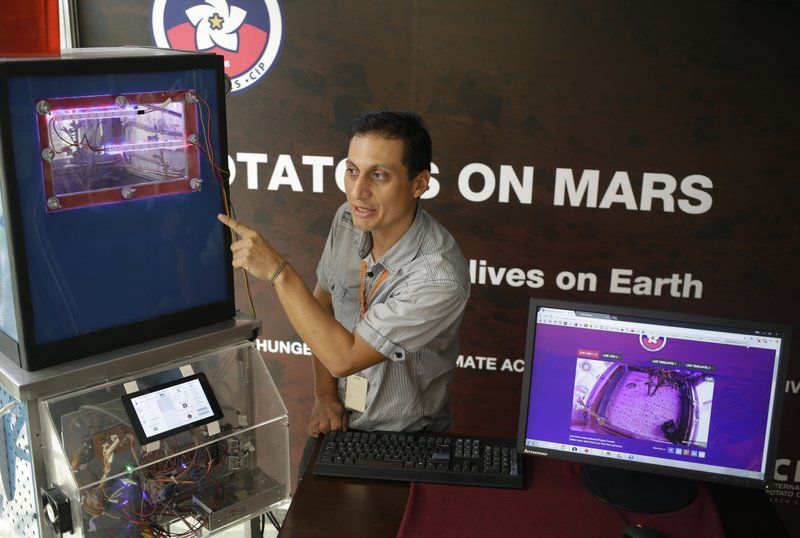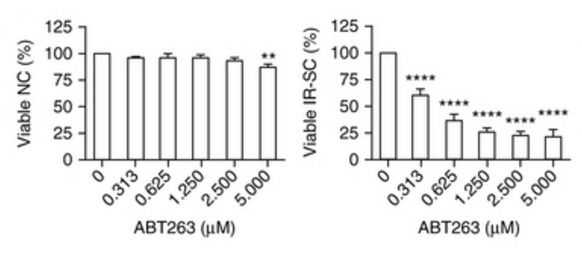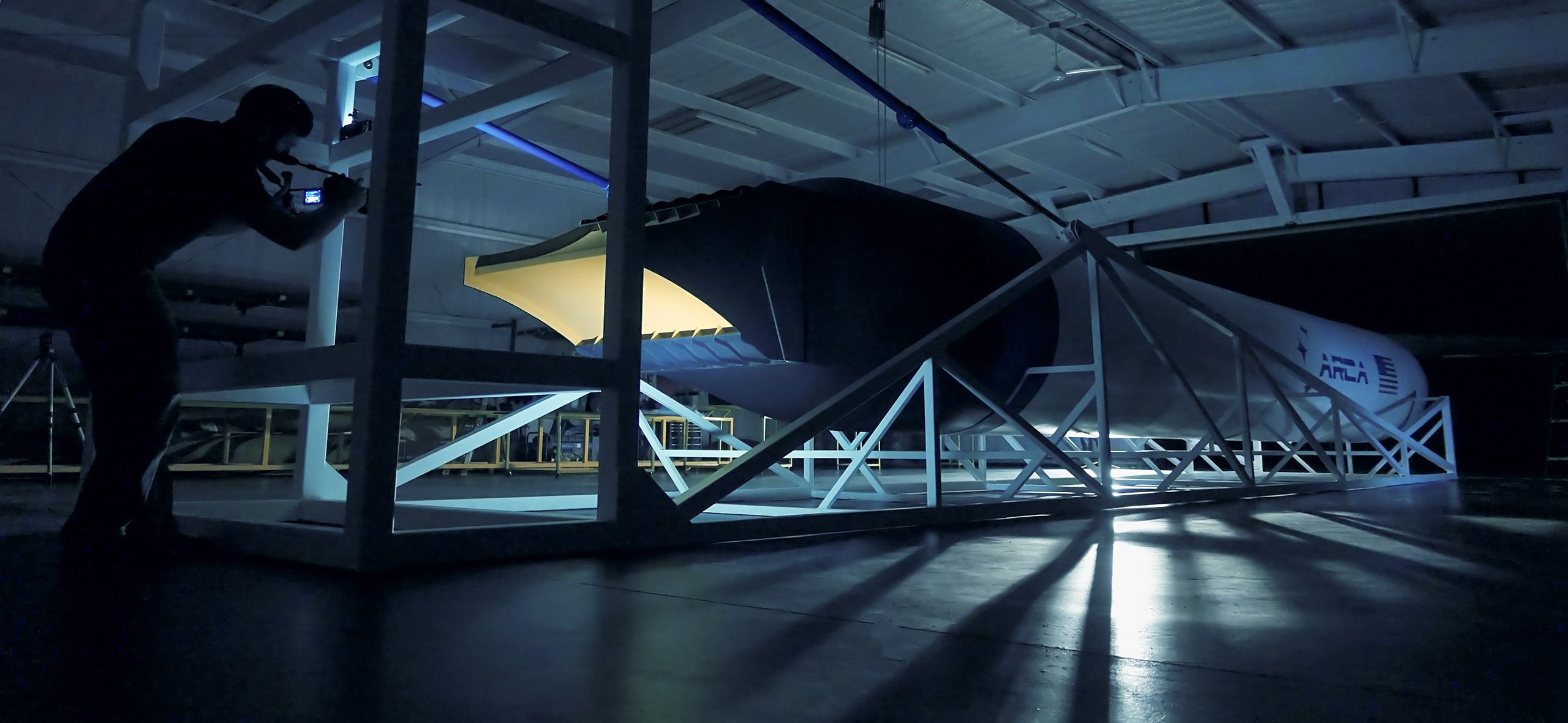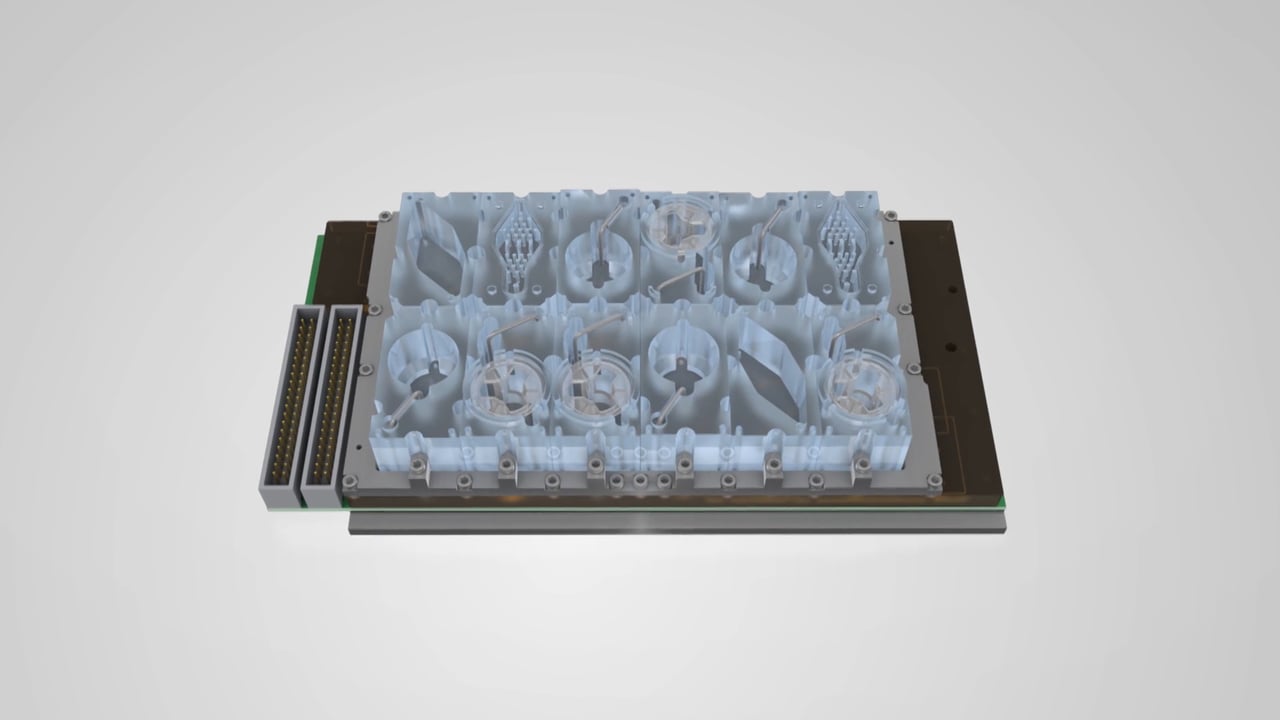
A look at Rapamycin the life extending drug with some serious drawbacks.
If any drug has performed consistently and unequivocally well in anti-aging trials, it’s rapamycin. Dr. Matt Kaeberlein’s Dog Aging Project is among the most recent trials investigating its longevity-promoting potential in mammals, but it’s also been the subject of numerous trials in mice, worms, flies and yeast. And although it acts through a mechanism which has been most closely associated cancer prevention, this drug appears to stave off all maladies related to aging.
Even more encouraging are the indications that it could be beneficial well into old age. Trials done in the National Aging Institute’s ITP, a testing protocol that collects its data from three independent labs, found that when mice started rapamycin treatment at 600 days old (roughly 60 in human years), they lived an average of 11% longer than control counterparts. Longevity interventions that hold up well even in late-life are few and far between, and even the traditionally successful method of caloric restriction has limited utility when begun late.
Continue reading “Rapamycin: An impressive geroprotector with a few fatal flaws” »

















